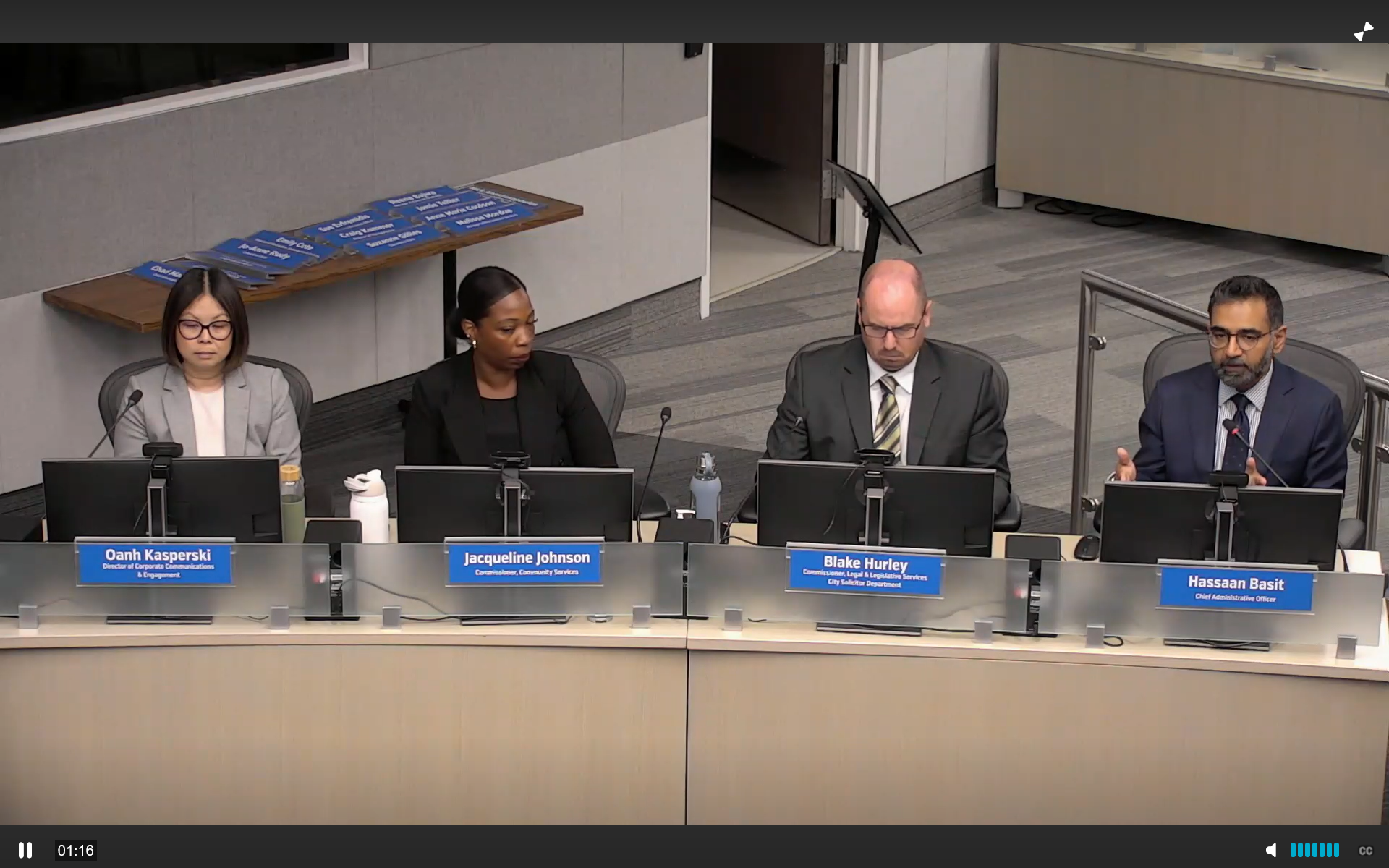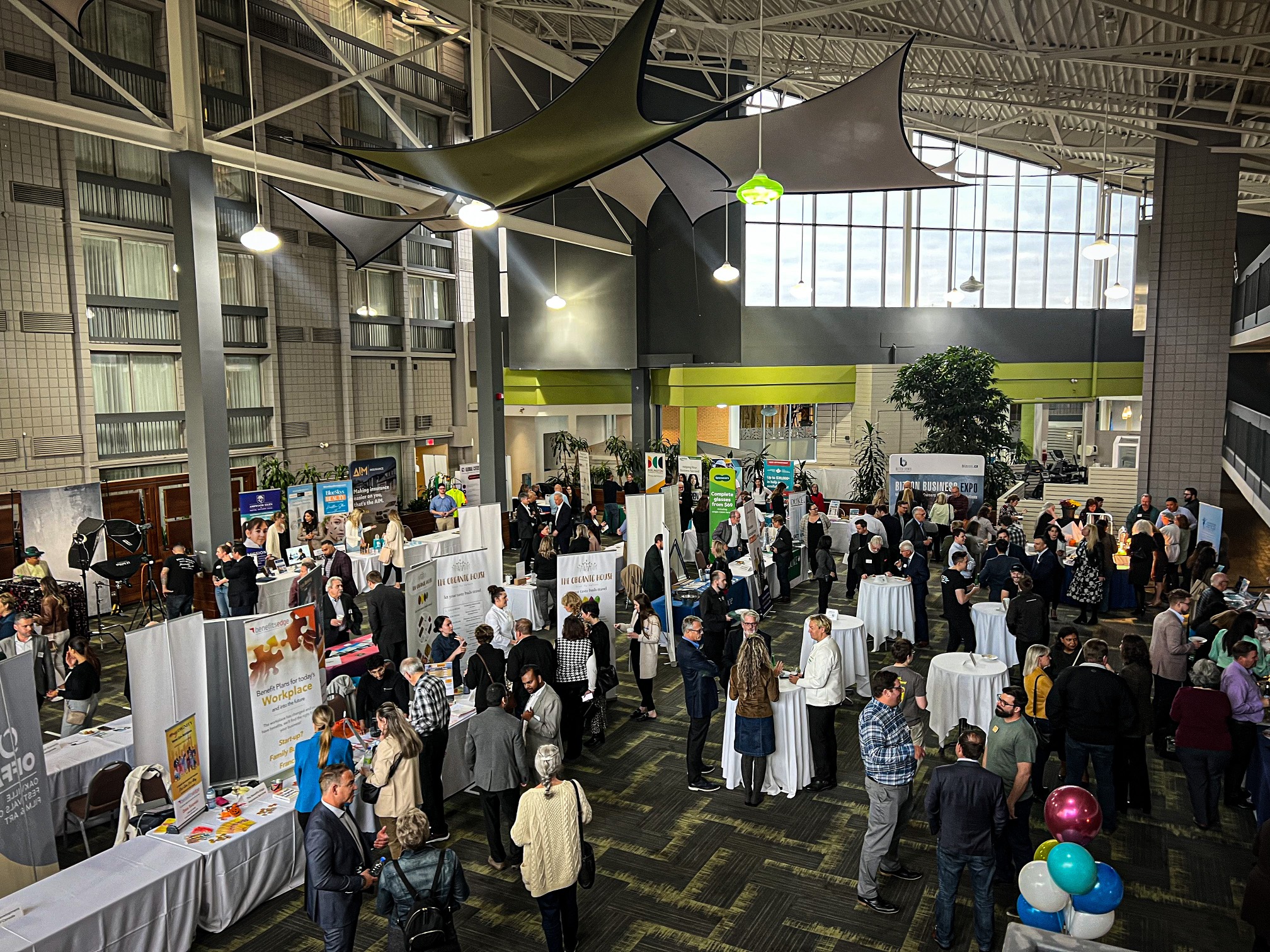By Jack Brittle, Local Journalism Initiative Reporter
On the week of July 15, Burlington experienced major flooding in many areas of the city, with Wards 3, 4, and 5 being the most hard hit.
The City of Burlington has launched several support programs for those affected by the flood, including a grant that residents can apply for on the city’s website.
Halton Region also has a similar subsidy program, but the city’s grant is designed for those who do not meet the criteria for the one offered by the region.
The region’s subsidies include a 100% subsidy up to a maximum of $500 for downspout disconnection, a 50% subsidy up to a maximum of $675 for backwater valve installation, a 100% subsidy up to a maximum of $5,000 for weeping tile disconnection and sump pump installation, and a 50% subsidy up to a maximum of $2,000 for sewer lateral repair.
Halton is also offering an ex-gratia grant for $1000 “to either offset the cost of an insurance deductible or help with in-home flooding-related costs that are not otherwise covered under their home insurance policy,” according to the City of Burlington’s website.
The grant is meant to give financial assistance to citizens who experienced a blockage or storm surge in the wastewater pipe that connects their home to the regional sewer main.
If the damage to a homeowner’s dwelling was not the result of a blockage or storm surge, they can apply for the City of Burlington Flood Relief Grant, which is also worth $1000.
The last time there was a significant widespread flooding event in the city was in 2014.
Paul Sharman, Ward 5 councillor, spoke about the extent of the affected homes compared to ten years ago.
“In comparison to 2014, so far we’ve got about a third of the number of homes flooded,” Sharman said. “In Ward 5, it’s probably more in the region of 20% or less than what we had.”
Sharman also spoke about the efforts that the region made after the events of 2014 to ensure the infrastructure was in place to reduce future flooding.
“The region cut a thousand downspouts to reduce the amount of water flowing out of the old houses into the sanitary sewer,” Sharman said. “What we found is many of the homes that did those things did not flood this time.”
Burlington Mayor Marianne Meed Ward echoed Sharman’s comments about investing in projects that aimed to ease the effects of flooding after 2014.
“We invested over $25 million to dig down our creeks and make them wider, and we know that that has made a difference, even with this last flood,” Meed Ward said.
There were around 3000 people affected by 2014’s flood and about 1000 affected by last month’s, according to data from Halton Region.
Sharman said that the biggest problem the city is still facing in regards to preventing sewage flooding is the infrastructure in many older homes.
“They [older homes] still have the downspouts, the weeping tiles, and the back stairs connected to the sewage,” Sharman said. “There is the source of water, when it rains, getting into the sewage system. If they were not connected, those homes wouldn’t be flooding.”
“Keeping water out of the sanitary system causes sanitary sewers to stop leaking into people’s homes,” Sharman said. “That’s not a 100% guarantee, but it’s massively influential.”
Meed Ward said that she wasn’t surprised at the community efforts around the city to help out those who were hit hard by the flooding.
“It’s been really heart-warming to see,” Meed Ward said. “I’m not surprised at all, because Burlington always pulls together in times of crisis. I’ve visited several neighbourhoods…that have been impacted by the flooding, to see the devastation. Neighbours are helping neighbours and friends and family are coming to help those that are most impacted.”
Meed Ward said that her own home was flooded with about three to four inches of water, but that for some residents it was up to four to five feet or more.
She also stressed the availability of programs that residents can use to help them get back on their feet after the damage to their homes.
“It’s really important for people to call into the region about any flood that they’ve experienced,” Meed Ward said. “It helps us to get a picture of the magnitude of the issue as well.”
Meed Ward also said that the city has applied for the Provincial Emergency Relief for Disaster Relief Fund, as they did in 2014.
They have also reached out to the Burlington Foundation to see if they can match the amount of money given to the municipality from the province, provided they meet the criteria to receive provincial assistance. Meed Ward said the foundation is “on stand-by to assist as needed.”
Close to $3 million came Burlington’s way through those avenues in 2014.
Meed Ward said that the city spent $34 million on infrastructure in last year’s budget and is ready to spend more on it given the effects of climate change.
“The conversation is not over,” Meed Ward said. “We will continue to increase our investment in the face of climate change. We know that there will be storms, intense flooding, ice storms, and wind storms. We have developed a plan for adapting to warmer wild weather, in the face of climate change. So we’ll continue to do that work and take every step we can to protect folks.”
“At our most recent council, I asked our staff to come back in the fall and give us a really deep dive into what we understand the causes of this latest flooding might have been and if there are any steps the city can take to mitigate that in the future,” Ward continued.
There was also be a special council meeting on August 7 discussing the issues.
To find out more about flood recovery support, residents can visit https://www.burlington.ca/en/news/flood-recovery-supports-available-for-affected-residents.aspx and https://www.halton.ca/For-Residents/Water-and-Environment/Enhanced-Basement-Flooding-Prevention-Subsidy-Prog.




